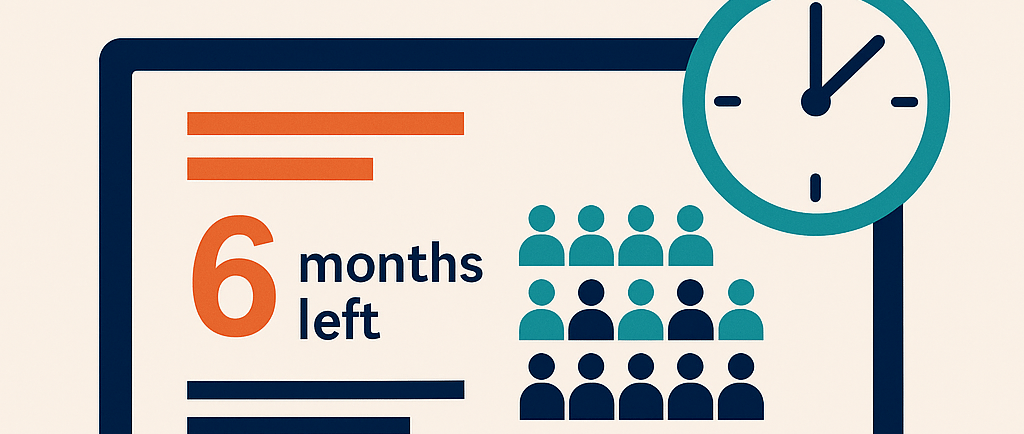IRCC’s New Personalized Processing Times: What Changed and What It Means for You
Mehdi Nafisi
10/24/20252 min read


IRCC has upgraded its public processing-time tool. For several permanent residence and citizenship categories, you now get a tailored estimate based on your submission month and year, plus a view of your place in line. This is a clear shift from the old, one-size-fits-all averages.
What’s new
For eligible programs, the tool now asks:
“Have you already applied?” and
“When did you apply?”
Based on your answers, it shows:
An estimated time left until a decision, tied to your submission date
How many people are ahead of you in the queue
The total number of people waiting in that same stream
You’ll also see how long it takes for new applicants today, which helps you compare and set expectations.
Who gets personalized estimates
IRCC has enabled this for a range of PR and citizenship categories, including Express Entry classes, PNP, AIP, spousal sponsorship (inside and outside Canada), Parents and Grandparents, Humanitarian & Compassionate cases, and Protected Persons in Canada. Temporary-residence categories still use the older format for now.
How it works
Go to the “Check current processing times” page on IRCC’s website. You’ll notice the new questions about your status and date of submission.
IRCC says the updated system uses current inventory, staffing, and projected intake to estimate how long it will take. Historical averages are still shown for context. The clock runs from the day IRCC receives a complete application until a final decision is made. Remember—these are estimates, not guarantees.
Why it matters
More accurate planning
You can now plan your work, study, or family timelines with more confidence. It also helps you anticipate extensions or bridging permits.Better transparency
Seeing how many applicants are ahead gives context for expectations and communication with employers or family.Strategic value
Understanding queue sizes helps you decide which stream or pathway fits your situation better—whether it’s spousal sponsorship, Express Entry, or H&C.
My take on what this means
Let’s be honest: immigration in Canada is overwhelmed. There’s been a flood of applications through various programs—refugee streams, start-up visas, and agency-driven submissions—that sometimes lack genuine substance. It’s not that IRCC is angry, but they’re clearly trying to regain control of the system. This new level of transparency feels like part of a broader effort to manage intake, discourage frivolous or poorly-planned cases, and focus on quality over quantity.
At the same time, I see how this affects real people. Many came here with dreams—students, workers, families—and now face long waits, uncertainty, and financial strain. It’s frustrating. But the reality is that nobody can predict what will happen next or how long processing will take.
That’s why my honest advice is simple:
Stay ready and stay strategic.
Keep your documents organized and up to date.
Extend your work or study permit before it expires.
Take your IELTS or CELPIP and keep the results valid.
If you can, study French—it can open valuable doors.
Strengthen your profile so that when opportunity comes, you’re ready.
Immigration is about preparation as much as patience. The people who plan ahead usually end up in the best position when policy shifts or new pathways open.
Bottom line
This change is about giving applicants clarity, but it’s also a signal that IRCC is trying to manage expectations and streamline processing. Use it as a guide, not a promise. Keep improving your profile and stay focused on your long-term goal. The stronger and more prepared you are, the better your chances—whenever your turn comes.

Contact us today.
Discover how we turn your cases into success stories
© 2025. All rights reserved.
Strategic. Human. Results-driven. Complete Canadian immigration services for visas, PR, and complex cases. We go beyond paperwork.
Menu


Legal Notices
Resources
